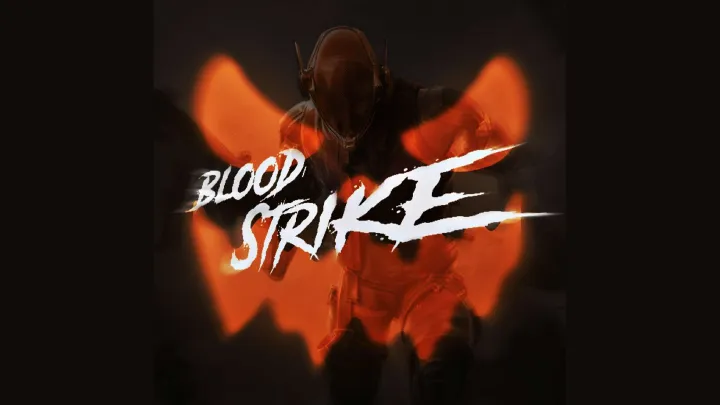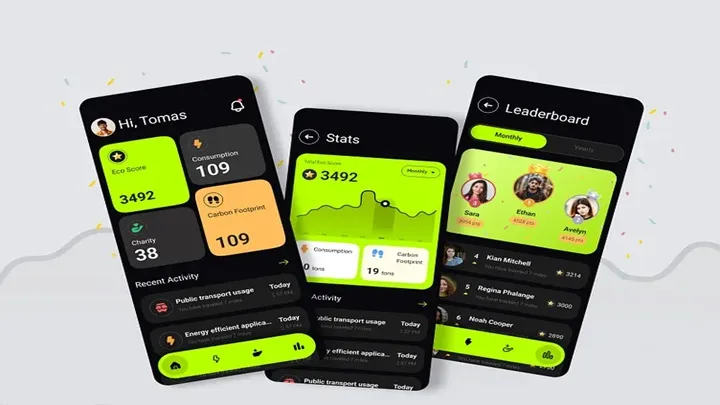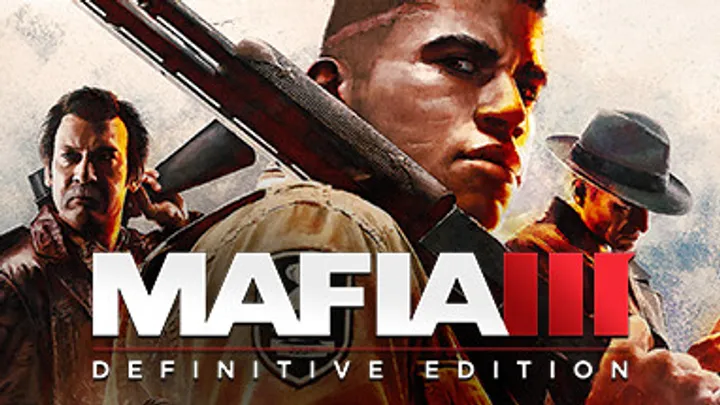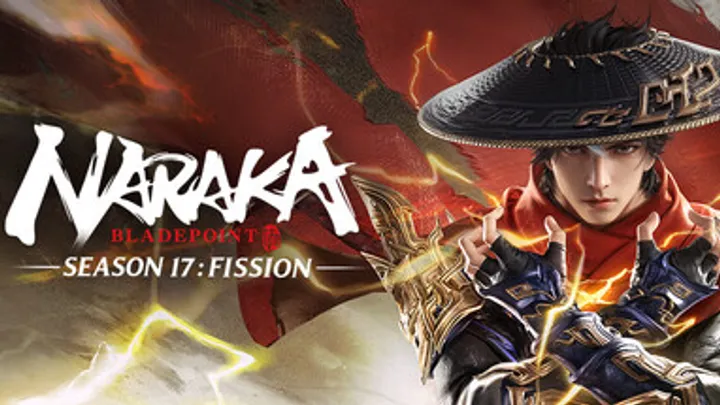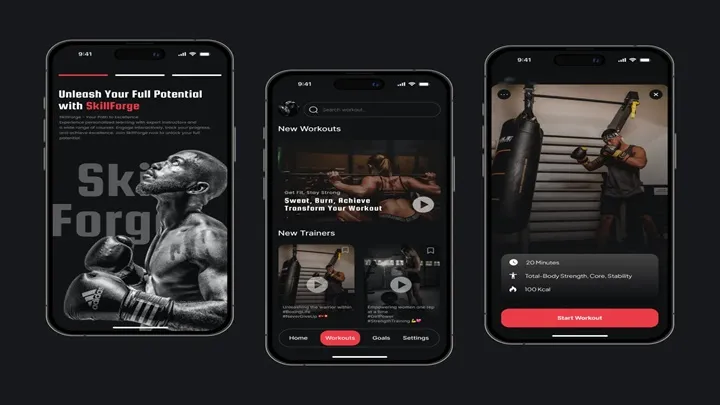Party Animals is a physics-based multiplayer brawler that mixes adorable characters with chaotic, unpredictable gameplay. Winning isn’t only about button-mashing — it’s about movement, timing, stage awareness, and reading opponents. This guide walks you through practical “how to” steps that take you from beginner flailing to confident competitor. Each section builds on the previous one, arranged by time and meaning so you can practice in a logical order.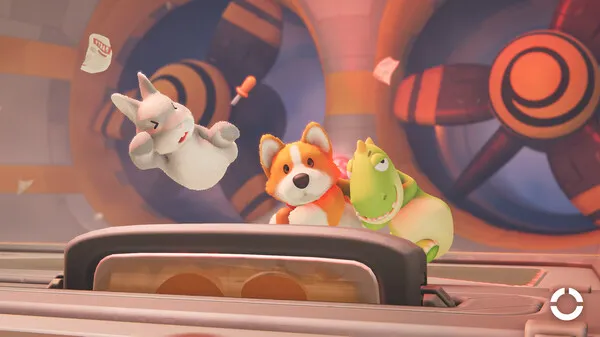
- How to Learn Controls and Core Movement
Start by learning the control basics: walk, jump, grab, throw, and special moves (if the platform version has any). The game’s physics mean your character feels floaty and momentum matters — small inputs have outsized consequences.
Practice moving around maps slowly before you try to fight. Use jumps to correct trajectory and learn to combine walk + dash + grab. Understanding momentum is essential: when you run into a push or get grabbed, counter-movement and release timing determine whether you tumble or stay upright.
1: Practical drills
- Spend 10–15 minutes in custom lobbies just moving.
- Jump, then immediately grab a crate or ledge to learn recovery.
- Practice grabbing and swinging objects so grabbing becomes second nature.
- How to Master Grabs, Throws and Combos
Grabs are the core of offense. A clean grab into a throw can knock opponents offstage or into hazards. Throws can be short tosses to reposition or long heaves to send enemies flying.
Timing matters: grab slightly before you think you should, because opponents dodge based on rhythm. Follow up grabs with environmental throws — toss someone into a moving platform, a hazard, or toward other players. Combos are often improvised: grab → spin → throw or grab → jump → air toss. Learn which throws send opponents farther on which maps.
1: Combo examples
- Basic: grab → throw toward edge → follow and pummel.
- Advanced: feint walk → grab → quick toss into hazard → pick up weapon.
1: Mistakes to avoid
- Over-grabbing in crowded areas — you’ll become predictable.
- Holding throws too long — release at the right angle for maximum distance.
- How to Use the Environment and Stage Hazards
Maps in Party Animals are full of hazards (saws, spikes, moving platforms, pits) and tools (crates, throwable props). The environment is as much a weapon as your hands.
Learn each map’s flow. On some stages, staying center is safer; on others, controlling a platform is key. Use hazards offensively: steer enemies into them or push objects to create a zone of denial. Use moving platforms to extend throw distances — timing a throw while the platform moves can add velocity.
List: Environmental strategies
- Control high ground for better angles.
- Use throwable props to separate enemies.
- Lure opponents into predictable hazard patterns.
- How to Read Opponents and Mind Games
Reading opponents separates good players from great ones. Watch their patterns: do they always jump after a grab? Do they spam throws? Use that knowledge to punish predictability.
Bait is powerful. Act vulnerable for a moment — dodge at the last second, then grab. Change your rhythm frequently: sometimes go aggressive, sometimes play defensively. This unpredictability makes opponents misread you and commit mistakes.
1: Visual cues to watch
- Body posture before a heavy throw.
- Repeated route choices on the map.
- Hesitation moment before a dash (that’s your opening).
- How to Optimize Defense and Recovery
Defense is about minimizing opportunities for opponents. Don’t panic when grabbed — wiggle and time your release. Use jumps and edge grabs to recover from big throws. If you’re airborne, aim for objects to break momentum rather than trying to fly back directly.
Positioning matters defensively: stay close to cover and avoid being boxed in. Use the environment as a shield and retreat to safe areas to reset the engagement. When low on health or momentum, prioritize survival over scoring a flashy play.
1: Recovery checklist
- Identify nearest safe zone (platform, obstacle).
- Use grab on ledge instead of exposing yourself to another throw.
- If thrown into a hazard, immediately pivot to a recovery plan (grab, tether, or roll).
- How to Use Weapons and Props Effectively
Weapons/props change the tempo. Not every weapon is equal; some give range, some give crowd control. Learn where weapons spawn and their spawn timers so you can contest them or use baits.
Use projectiles to zone enemies or to set up grabs. Melee props are often best used to break combos or to deny a space. Don’t hoard a weapon: a well-timed toss of your weaponed opponent can create more chaos than holding the item forever.
List: Weapon tactics
- Rush spawn points early in rounds.
- Use ranged props to pressure from safety.
- Throw heavy items at clusters of enemies for multi-hit potential.
- How to Team Up and Coordinate in Group Modes
Party Animals shines in team modes. Coordination wins matches: call targets, focus down threats, and set up chain throws. Assign roles: one player controls crowd, another secures objectives, another protects the carrier.
Communication is easiest with voice, but pings and simple in-game cues work too. When attacking, synchronize grabs so multiple players throw an enemy into hazards. When defending, set traps and rotate coverage to avoid being flanked.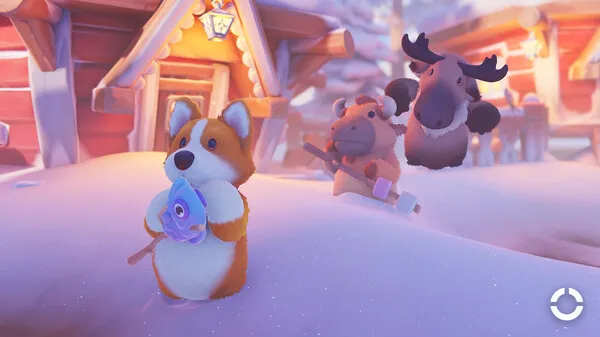
1: Example team play
- Initiator: dives in, creates chaos.
- Follow-up: grabs stunned enemies and throws them into hazards.
- Support: collects power items and denies enemy respawn points.
- How to Adapt to Different Game Modes and Win Conditions
Each mode requires slightly different play. In free-for-all, survival and opportunistic plays matter most. In team objective modes, controlling space and power items is key. For score-based modes, prioritize consistent point gains rather than risky plays.
Before a match starts, mentally set your objective: survive, score, or assist. Shift styles mid-match if the team is ahead (play safe) or behind (force risky plays to regain momentum). Flexibility is crucial.
1: Mode-specific tips
- Free-for-all: avoid third-party engagements; pick fights smartly.
- King of the Hill: guard the point and force enemies to waste resources.
- Capture/Grab modes: protect carriers and deny item spawns.
- How to Practice Efficiently and Build Muscle Memory
Practice with purpose. Instead of playing long aimless sessions, focus on short drills for specific skills: 15 minutes on grabs, 15 minutes on recovery, 10 minutes on weapon timing. Use private lobbies or custom matches if available to rehearse without pressure.
Record yourself (or watch streams) and study mistakes. Notice patterns where you die most: is it ledge throws? Overcommitting? Then design drills to fix those. Play with a rotating group of players slightly better than you — it accelerates learning.
List: Practice plan (weekly)
- Day 1: movement + recovery drills (30 mins).
- Day 2: grabs and combo practice (30 mins).
- Day 3: map knowledge + weapon timings (30 mins).
- Day 4: play matches and review highlights (45–60 mins).
- How to Maintain Mindset, Stamina, and Social Play
Party Animals is chaotic and can be frustrating. Mental control is part of competitive edge. Manage tilt: take breaks after bad streaks, and don’t chase impossible plays. Keep a short warm-up routine to get into flow before serious matches.
Social play matters for fun and improvement. Be respectful in lobbies; teammates who enjoy playing together learn faster. Celebrate small wins (good grabs, clever plays) and use losses as data. Positive habits — consistent practice, sleep, and hydration — translate into better reaction times and decision-making.
1`: Pre-match warm-up
- 5 minutes movement and jumps.
- 5–10 minutes practice grabs on bots or in custom.
- Quick review of the map you’ll play.
Conclusion
Mastering Party Animals is a mix of mechanical skill, game sense, and social intelligence. Start by learning movement and grabs, then layer in environment usage, reading opponents, and team coordination. Practice deliberately, watch and learn from others, and maintain a healthy mindset to perform consistently. Above all, remember that the game is designed to be chaotic and fun — winning is sweeter when you enjoy the process.






